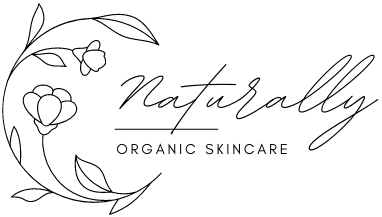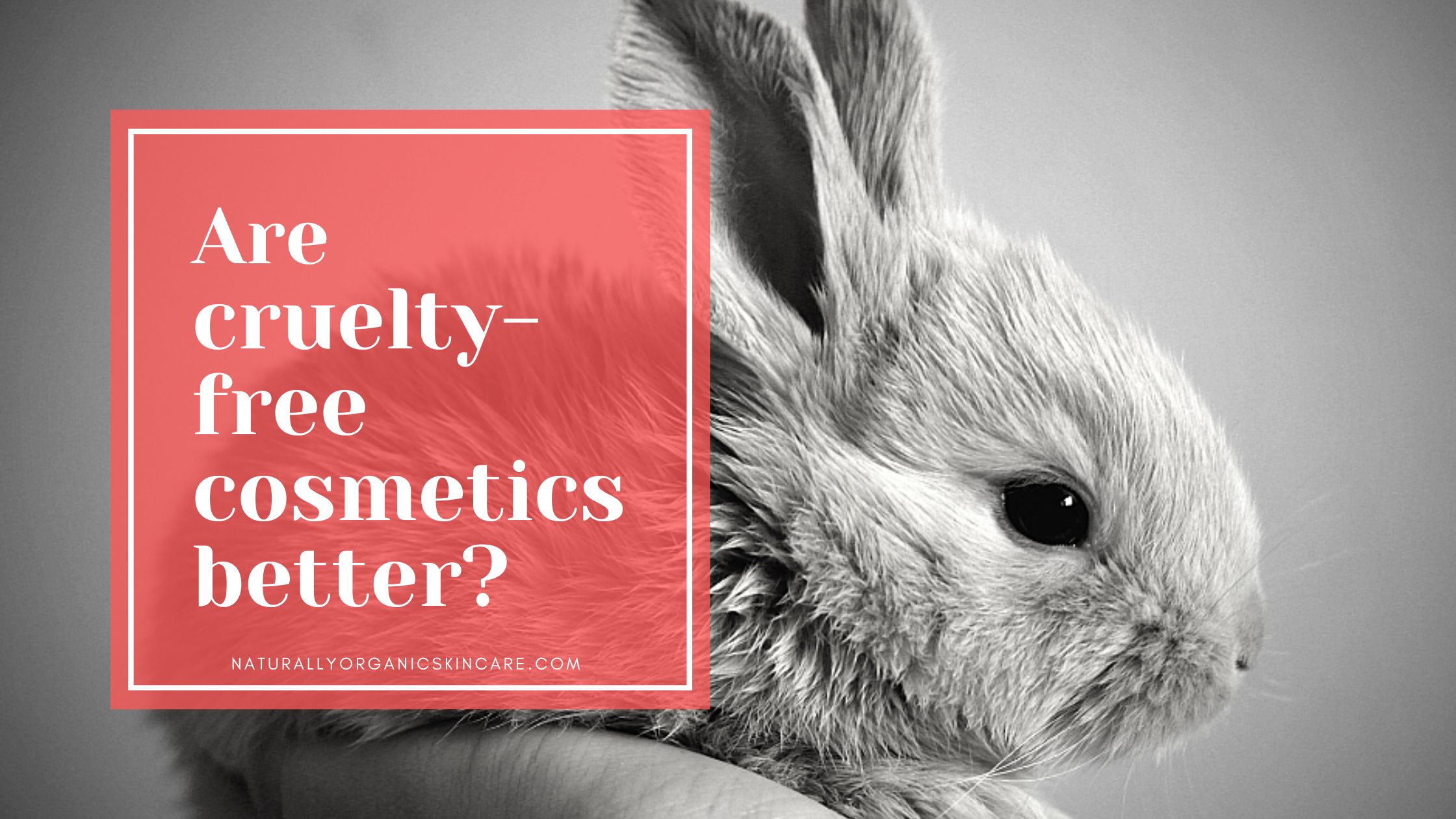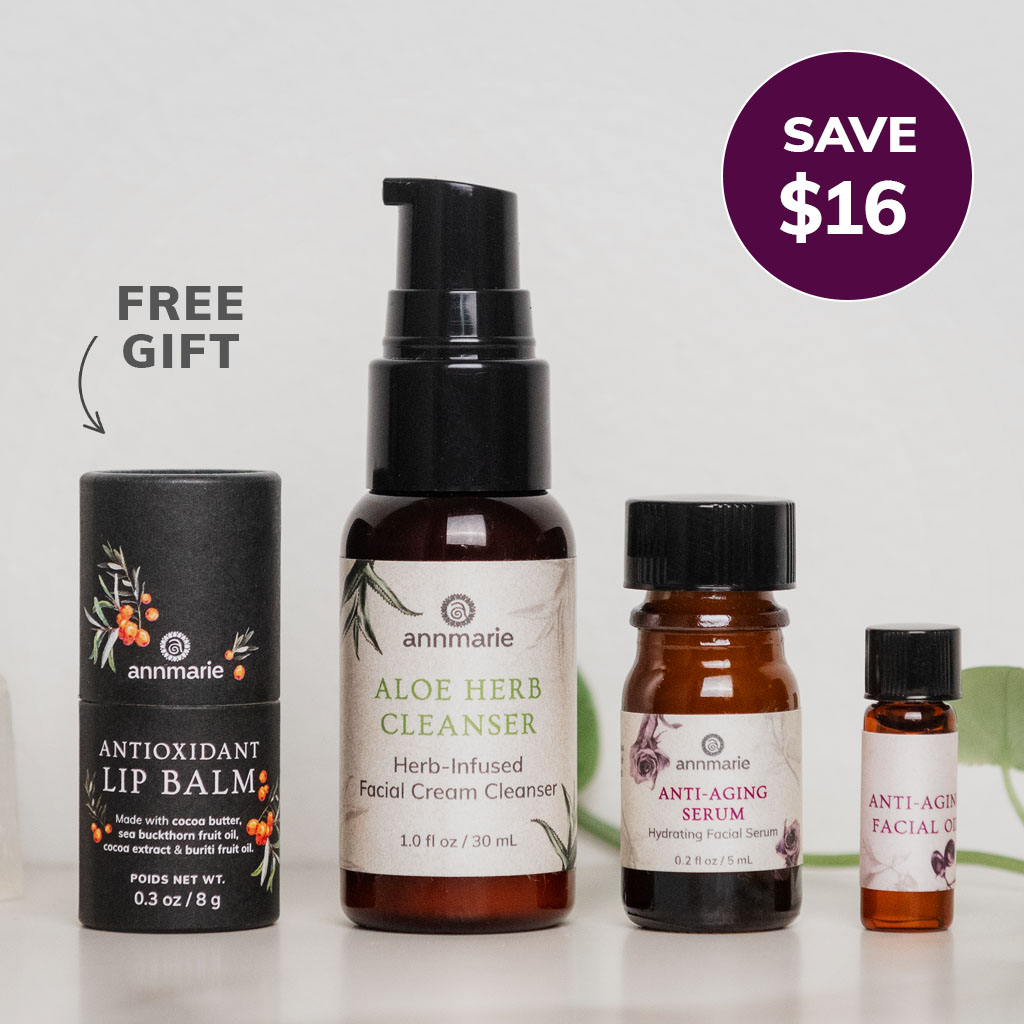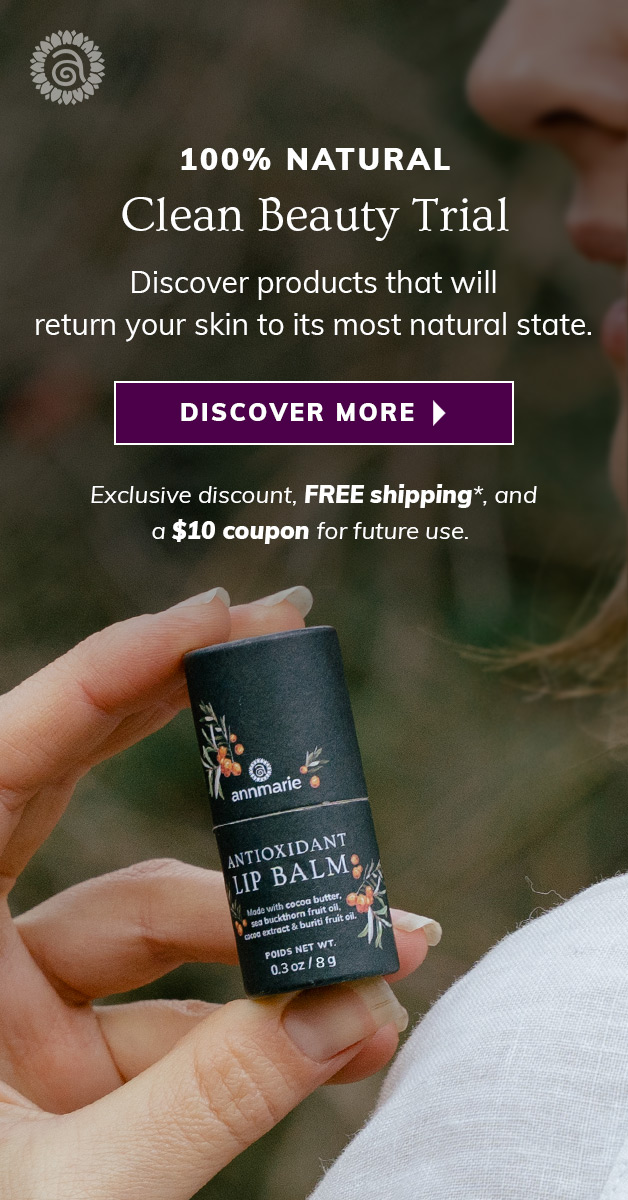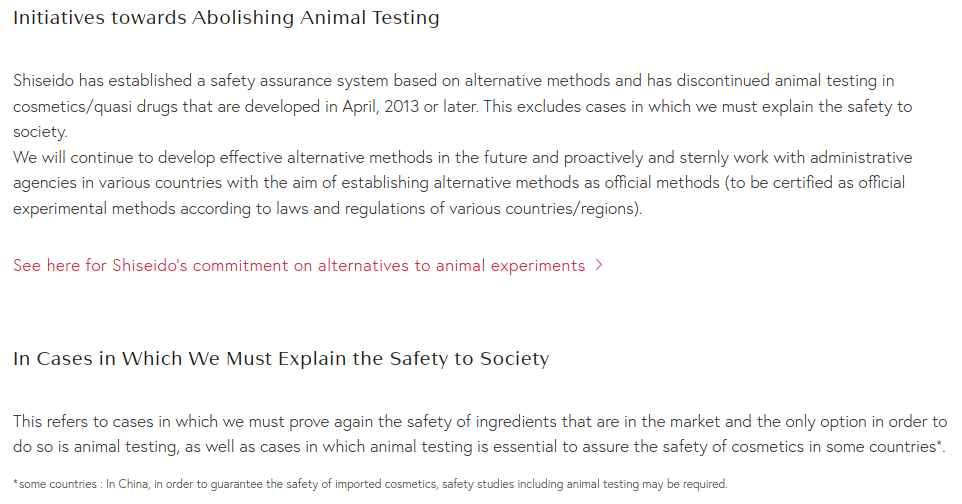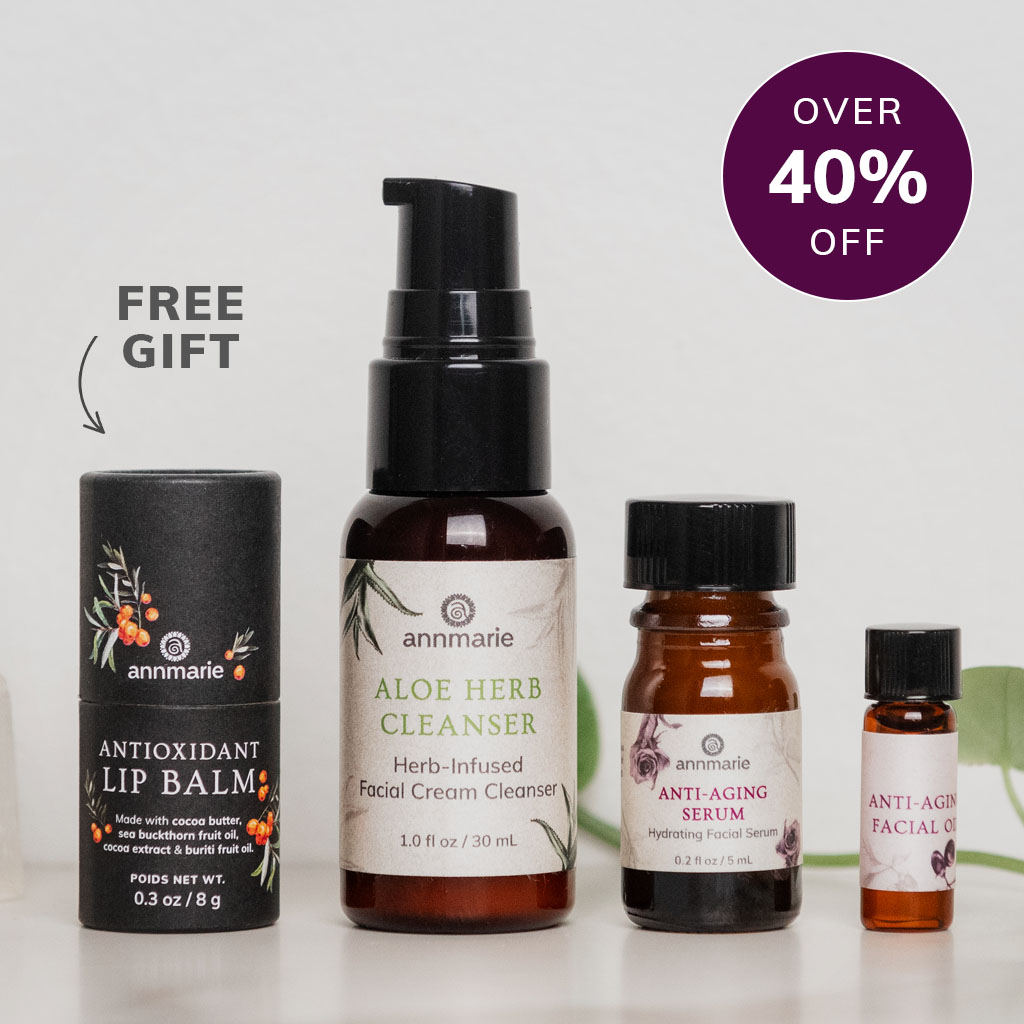Yes. Not only are cruelty-free cosmetics better, but cruelty-free makeup is also an obvious choice if you have a heart and soul.
Granted, that title sounds a bit dramatic. But when the goal is to get the message of cruelty-free makeup across, anything goes!
Maybe as a Christian, the value of kindness to all creatures, in line with Jesus’ life and teachings, is what you strive to live by. Or maybe you believe in some kind of Karmic debt an individual (or humankind as a whole) accumulates when causing suffering.
Perhaps, as a general rule, you simply aim to do the right thing. Doing what’s right, good, or simply kind is (almost) always the best way ahead.
Who knew that attitude could apply to picking out a sunscreen or sunblock lotion or lipstick, for example? There are many, many other household and personal care products where you have the opportunity to take a stance against cruel and useless animal testing.
So bring that positive attitude, and let’s get down and dirty to take a closer look at cosmetic animal testing.
It’s a longer read, so I broke it up as best possible in bite-sized nugs, to make the whole of it less “chunky”.
Table of Contents
- Cruelty-Free Cosmetics (Among Others)
- The Cruelty-Free Home
- Deliberately Misleading Statements
- Legal Loopholes & Safety
- Is animal testing of cosmetics & household supplies necessary?
- When out & about
- How important is animal testing, in the grand scheme of things?
- Going down the rabbit hole of conscious consuming
- Being A Compassionate Consumer
- Wrapping up
Cruelty-Free Cosmetics (Among Others)
Cruelty against animals is not a happy subject. It’s uncomfortable at best. But from one animal lover to another, talking about cosmetic animal testing is important.
So let’s spread the word and make everyone aware of what is being done to animals in the name of vanity and corporate greed.
Maybe you haven’t realized until now that most of our personal care products involve the suffering of lab animals. It may never have crossed your mind. That is very understandable. This ugly secret comes straight from the underbelly of the cosmetics industry and doesn’t exactly happen in broad daylight.
Are you willing to become a voice for lab animals?
Talk about the brands that are cruelty-free and call out the ones that are not. To your friends, your mom, your neighbor, or your thirteen-year-old niece who just bought her first makeup. You don’t even have to do any heavy lifting. Instead, simply tell them about handy apps that scan products for their cruelty-free status.
The more people become aware of these cruel industry secrets and profit-motivated protocols, the more chance they’ll become a thing of the past sooner rather than later.
A huge market with a lot of money is involved. As a logical result of the fact that so many of us use at least some products to get clean and/or pretty, even though the stuff itself isn’t super high-ticket, this sheer number of people buying adds up to cosmetics being a gigantic consumer market.
The Cruelty-Free Home
The issue is much broader than cosmetics alone. Bigger than the entire range of personal care products even, it stretches to include home and cleaning supplies.
Laundry detergent.
Diapers.
Dish soap.
Mr. Clean sure makes for some shiny floors but, unfortunately, he is not cruelty-free.
When you look at the whole range of things we use daily to keep our home livable and our physical appearance within the norms of what is socially acceptable, that’s as many opportunities to cast a vote against animal testing.
It is beyond my comprehension how anyone would not be deeply bothered by their painted-on good looks reeking of the fear, pain, and suffering of another living being.
But you don’t know what you don’t know – and that’s why it is important to shine a spotlight on the shadow side of cosmetics.
Deliberately Misleading Statements
Most people love animals, at least a little bit. Everyone loves their own pets to pieces. I daresay very few people would actually be okay with animal testing, if only they knew about it.
That’s the thing – animal torture obviously isn’t something the beauty industry puts in the spotlight. Revenue and profit are what count. Transparency and kindness? Not so much. The creepy stuff stays cleverly hidden, and deliberately out of the public eye.
You can’t take an active stance against something if you don’t know about it happening in the first place. Few are those who would not choose compassion over vanity when presented with the option. Let’s spread the word, help others realize what happens behind the scenes, and be done with those cruel, outdated practices.
When “Cruelty-Free Cosmetics” Are Tested Abroad
Some brands are tested in the United States. Others are aiming to appease the increased outrage about doing so and have moved on to alternative testing methods. Unless… they can’t avoid it without losing revenue and market share.
In China, animal tests are mandatory by law. That’s where most so-called Western brands end up throwing their attempts to be ethical out the window, and comply, which means makeup brands can’t be cruelty-free if they also sell their products in China. Many companies have a sneakily crafted PR statement to cover this caveat.
By the way, in the European Union, cosmetic animal testing has been outlawed for a long time.
However, that doesn’t mean those classic brands of European origin are necessarily cruelty-free. You’ve guessed it: they often also sell in China.
Examples
Chinese law makes it impossible to sell cosmetics without engaging in (using third-party) animal testing. As a result, cosmetic brands have a choice to make. Either they agree to have their products tested, and actively fund this step, or they forgo the Chinese market entirely.
Avene has the following statement posted on its official website:
The European cosmetic legislation (directive 76/768/CEE amended the 1th March 2003) requires manufacturers to use alternatives methods to test new raw cosmetic material and finished products.
In compliance with this directive, we stopped tests on animals many years ago.
In practice, to test our products to ensure that they meet our high quality and safety standards, we use existing data concerning the safety of the specific ingredients used in the products. The tolerance of our finished products is then verified by tests on healthy volunteers.
Finally, we carry out physico-chemical and bacteriological tests to verify the identity on each batch of raw material delivered to our factories. This ensures the purity and quality of the ingredients entering our formulas.
These types of tests are also carried out on each batch of finished products to guarantee the safety and quality of each and every product.
None of this is false. But in the craftily worded statement, it is easy to miss that, in fact, they do agree to the mandatory testing of their products in China. It takes some digging to find out that they do sell in China, and consecutively deducting this means they choose to sponsor those compulsory tests.
Shiseido’s official statement on its website says:
They are much more up-front about where they stand and the role China plays.
Sifting through these types of corporate statements can be very confusing. Luckily, with the internet at our fingertips, nothing stays buried for long, and for the first time in history, people can make an impact. Change things they don’t like. Be vocal. It’s a good time to be alive!
Legal Loopholes & Safety
Cruelty-free makeup is anything but unsafe. Of course, you want your own cosmetics to be non-toxic and safe to use.
If you care for others, you might stress even more about safety! (Using cruelty-free baby products was important to me, but as a new parent, nothing weighs heavier than that instinctual drive to keep your child safe – if you are in that stage of life, check out: Are Cruelty-Free Baby Products Safe To Use?)
Well, good news! Cruelty-free cosmetics aren’t a safety hazard, in fact, it is quite the contrary.
Natural, non-toxic, vegan, and/or organic skincare products are often automatically cruelty-free. It’s just that brands caring about one of these things typically also care about the other.
Not only that, but they are also typically safer than their conventional counterparts. The same goes for makeup, skincare, or household cleaners.
Oh, and if you’re concerned with a lack of options, amid the large pool of officially accredited or certified cruelty-free brands (and a few smaller indie brands with their heart in the right place; certifications aren’t everything), please know that the options are vast and constantly expanding.
Now that more and more people have the desire to make ethical choices, the clean beauty market is booming. Finding adequate replacements for the staples in your routine should be easy. And I’d like to help. 🙂
Liability
Oftentimes, cosmetic companies will do whatever it takes to cover their – ahem – ‘behind’ as far as liability goes. If animal testing can do that, they’ll have little qualms.
However, nowadays this is really just a matter of holding onto a status quo that is seriously outdated. In other words: they are done a certain way because that’s how they’ve been done for a long time. People find it uncomfortable to veer away from familiar processes.
Using animals for tests to – hopefully – rule out the unexpected is part of a sturdy system that allows business owners to cover their behinds legally speaking. Never mind the validity and accuracy of the findings are highly doubtful. Even if animal tests are far from ideal to rule out adverse reactions in humans, it’s a box checked off.
The combination of two things makes it so that in today’s day and age, animal testing is really a choice, nothing else.
Is animal testing of cosmetics & household supplies necessary?
Aside from the fact that it is cruel, there’s another problem. The usefulness of testing substances or products on animals is highly doubtful, which makes it even bigger madness that this is still happening.
Newly “invented” chemicals
New synthetic substances intended for use as cosmetic ingredients are invented regularly. Bluntly put, there is no real need for them. The sole purpose of the invention of such new chemicals is to market them, leverage the “new” aspect, and as a result, increase the revenue of the company.
When the only reason behind the torture of lab animals is to fill the pockets of those in charge, if that isn’t utter nonsense, I don’t know what is.
Inherent Flaws Of Testing
Any test only tests within the pre-determined scope of the test. (How’s that for a tongue-twister?) This is what makes all scientific testing dodgy, flawed, and/or highly subjective.
The scope of a test entirely depends on where the individual(s) in charge decide(s) to draw a line. It applies to all and any scientific testing, whether involving humans, animals, or other things altogether.
When testing for adverse reactions, this is also seriously limiting.
We’re talking short-term tests here because that’s what they are. Nobody is following around a group of people for twenty or thirty years to trace the impact of a cosmetic ingredient. Animals in labs aren’t even let to live out their life. Most often they’re put down once the term set for the testing has elapsed.
While it is understandable that a line is drawn somewhere due to limitations of time and resources, excuse me if I don’t have much sympathy for the time and financial constraints of conglomerates whose sole purpose is to generate revenue.
So this concept is yet another problem with the usefulness of animal testing.
In the case of blatantly harmful things: do they really need it? Dripping corrosive cleaners in a rabbit’s eye or on its skin will cause nasty chemical burns, but you pretty much know this will happen, so then why bother?
In the case of potentially nasty stuff that we don’t know much about yet, it may be tested for a set time frame and may even be cleared for use in the absence of any serious adverse reactions in the animals it was tested on. But who’s to say a much longer exposure doesn’t cause damage?
Metaphorically speaking, the tests on animals boil down to trying to map out the unpredictable effects of an unknown substance while examining only what happens within the borders of a small, hand-drawn shape.
Genetic Differences
Next, animal tests are often inconclusive. This one pretty much speaks for itself: Because animals are very different from humans, testing on one species hardly gives scientists the needed results or information to apply to another.
So why do it anyway?
Dependability & Validity
There are serious issues with the dependability and validity of animal testing because these tests simply don’t prove or guarantee an identical reaction or safety when used by humans.
Science & Technology
There has been a huge increase in technological and scientific knowledge allowing for elaborate testing in other ways, that don’t inflict suffering on other beings, such as through the use of computer models or cell cultures.
Maybe fifty or a hundred years ago people genuinely believed they had to do tests on animals first. Right now, with all the additional options available and more current knowledge about genetics, it’s hard to ignore the unethical nature of such practices.
8000+ Available ingredients
Add to that the fact that manufacturers have over 8000 already tested ingredients available to them. and it becomes abundantly clear animal testing can’t be abandoned soon enough.
So often the root motive to test ingredients and end products on animals is financial. Humans only use the items out of sheer vanity or simple habit. Do we need such products for our survival? Nope. Are there safe, cruelty-free alternatives? There sure are.
When out & about
Outside the home, maybe you have your nails done at a salon. Chances are everything they use is from brands that test on animals. The same goes for hairdressers.
Sunscreen is even worse than cosmetics because the FDA classifies sunscreen as drugs, which makes it subject to more elaborate testing.
Supporting cruelty-free brands over those tested on animals is worth it, though. As an animal lover, I’m sure you’ll agree going cruelty-free is simply the right thing to do. And discovering a whole range of new, awesome, off-the-beaten-path products to use, how fun is that!
How important is animal testing, in the grand scheme of things?
The list-of-things-that-should-not-be is seemingly endless. There are many wrongs to right to make the world a better place for all living beings. Yet we all only have two hands.
Whichever issue a person decides to tackle first, there will be a thousand other ones to address as well as folks with different ideas on what should take priority.
Unfortunately, it requires real big guns to tackle atrocities of a certain caliber. Going cruelty-free is an attainable goal. It’s something we can all do by leveraging our buying power.
Cruelty against animals in the name of vanity is completely unacceptable. Animal testing of consumer goods no longer has a place in this world and sending that message to those who pull the corporate strings is very feasible.
Besides, animal testing is an injustice you can contribute to ending. Taking a stance is easy: deliberately selecting products you would use anyway is all it takes.
Going down the rabbit hole of conscious consuming
Everyone needs to get clean and presentable at one moment or another. We groom ourselves and perhaps take care of a few others. The place we reside in requires regular upkeep too.
Taking the cruelty-free route when picking out cosmetics, skincare, cleaners, detergents, and even clothing is relatively easy. If we bundle our forces and make a front, it really can make a difference for the animals in testing labs.
Being A Compassionate Consumer
The cruelty-free movement mainly focuses on personal care and cleaning supplies. However, as a compassionate consumer, it’s hard to ignore a few other ‘areas of improvement’.
Animal cruelty not related to lab testing
Aside from being subject to atrocious torture in laboratories, animals are used and abused in many more ways. Especially in the meat and fashion industry. You don’t have to be a hard-core vegan to acknowledge exploiting animals for fur, hair, body parts, or skin while keeping them in inhumane conditions isn’t right.
(For example, personally, I completely boycotted H&M after a video came out of how angora bunnies have their fur ripped out every six weeks.)
Fairtrade
People in developing countries are struggling to stay alive on ridiculous wages to meet the cheap prices at western department stores. It’s an unbalanced system – you could even say diseased – built to keep up with the insane demand and supply the greedy first world’s never-ending chain of stuff.
Organic
The health hazards humans are exposed to when working closely with toxic substances is another aspect of their exploitation. Pesticides ultimately are nefarious to all: humans, animals, and nature/wildlife. Organic agriculture limits the accumulation of toxins in the environment.
Ethical shopping
So while cruelty-free is very important on its own, should you wish to up your game it doesn’t hurt to keep an eye out for two other key parts of ethical shopping: fair-trade and organic.
With that said, let’s loop back to the initial topic and take a closer look at the necessity of animal testing. (Or rather, the lack thereof.)
Wrapping up
If you’ve found yourself wondering ‘Are cosmetics tested on animals, in our day and age, still…?’ I hope this article has cleared up some of the common misconceptions surrounding the murky world of cosmetic animal testing.
We’ve covered a lot of different aspects – ingredient safety, legal loopholes, international differences, and cruelty-free alternatives.
Since most companies that fill the shelves with so-called A-list cosmetics and household products are either actively partaking in animal testing or funding it,
From Axe to Victoria’s Secret and from Chapstick to Chanel: giving your beauty routine, house cleaning products, and detergents a compassionate makeover might consist of replacing some, or even most of the brands you’re used to.
If your home & bathroom are stocked and your beauty case is stuffed full of conventional makeup, it may take a while to roll over to the cruelty-free side. That’s okay. 🙂 It doesn’t need to happen overnight, the wish to do so is a great place to start. In fact, it’s where we all start!
